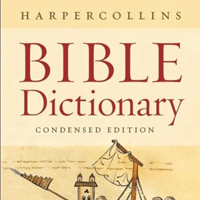Fi-lip´ee-uhnz
The Letter of Paul to the, one of the thirteen letters in the NT attributed to the apostle Paul. The short Letter to the Philippians is imbued with a distinctive tone of joy and rejoicing, despite the fact that it was written by Paul from prison, during a time when his future on earth was tenuous. The letter also contains an early Christian hymn celebrating the divine humility manifest in Christ’s becoming human (
Outline of Contents
Philippians
I. Epistolary salutation (
II. Introduction, or exordium: Paul gives thanks for the faith of the Philippians (
III. Paul’s narrative of the situation: Paul describes his imprisonment and seeks to reassure (
IV. Paul’s main point, or proposition: live faithfully to the gospel in communal unity and confidence (
V. Supporting argumentation or proofs to strengthen the Philippian acceptance of the proposition (
A. The example of Christ and its impact (
B. The example of Timothy and Epaphroditus (
C. The example of Paul (
D. The counterexample of Euodia and Syntyche; the need for unity and reconciliation (
VI. The summing up, or peroration (
A. The general summary (
B. Paul as an exemplar: an illustration of the general statement in
VII. Epistolary closing (




